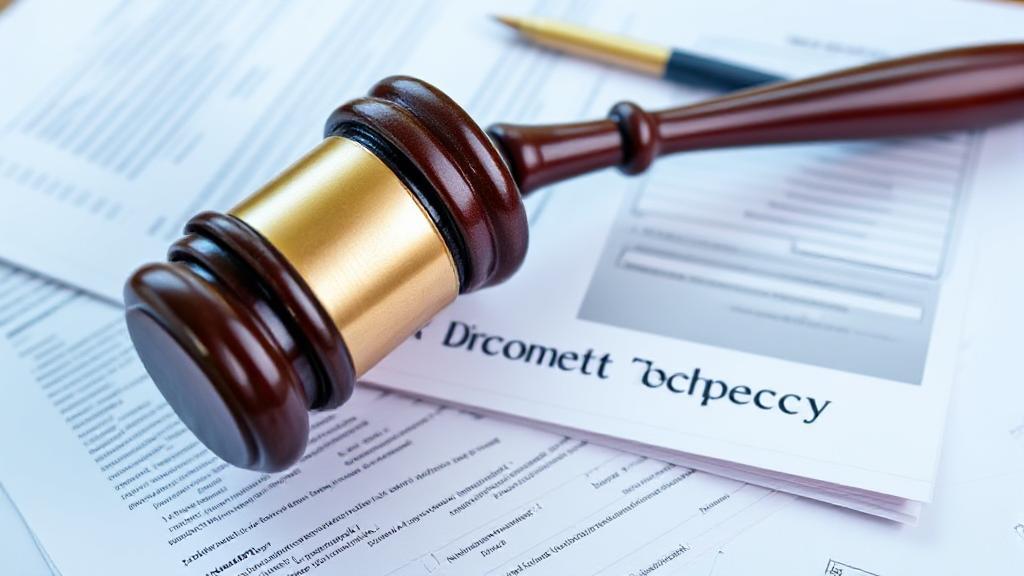Introduction to Chapter 7 Bankruptcy
Chapter 7 bankruptcy, often referred to as "liquidation bankruptcy," is a legal process that allows individuals overwhelmed by debt to eliminate most of their unsecured debts. This type of bankruptcy is designed to give debtors a fresh start by discharging debts such as credit card balances, medical bills, and personal loans. It is typically the fastest and most common type of bankruptcy, overseen by a trustee.
The Basic Waiting Period and Restrictions
The primary rule for Chapter 7 bankruptcy filing frequency is governed by Section 727(a)(8) of the U.S. Bankruptcy Code: you must wait 8 years from the date you filed your previous Chapter 7 case before filing another one. This waiting period starts from the filing date, not the discharge date.
Alternative Bankruptcy Chapter Restrictions
If you previously filed under different bankruptcy chapters, different waiting periods apply:
- Chapter 13 to Chapter 7: 6 years from the filing date
- Chapter 11 to Chapter 7: 8 years from the filing date
- Chapter 12 to Chapter 7: 6 years from the filing date
The "70% Rule" Exception
When converting from Chapter 13 to Chapter 7 before the 6-year waiting period, you may qualify for an exception if:
You paid at least 70% of your unsecured creditors' claims, and you proposed your plan in good faith and used your best effort to complete it.
Reasons for Filing Chapter 7 Bankruptcy
Several factors can influence the decision to file for bankruptcy:
- Overwhelming debt from credit cards, medical bills, or personal loans
- Job loss or reduction in income
- Divorce or separation
- Business failure
- Medical emergencies or long-term illness
Process of Filing Chapter 7 Bankruptcy
- Determining Eligibility: Pass the means test to qualify
- Gathering Financial Documents: Collect all relevant financial documents
- Filing the Petition: File bankruptcy petition with the court
- Automatic Stay: Temporary halt of collection activities
- Meeting of Creditors: Questioning under oath by trustee and creditors
- Discharge: Court approval and discharge of eligible debts
Alternatives to Chapter 7 Bankruptcy
Before deciding to file, explore these options:
- Debt Consolidation: Combining multiple debts into a single loan
- Debt Settlement: Negotiating with creditors for reduced payments
- Credit Counseling: Working with a counselor on debt management
- Chapter 13 Bankruptcy: Structured repayment plan over 3-5 years
Impact on Credit Score
| Number of Filings | Approximate Impact Duration |
|---|---|
| First Filing | 10 years |
| Second Filing | 10+ years |
| Multiple Filings | Potentially permanent impact |
Legal Requirements for Subsequent Filings
For any subsequent bankruptcy filing, you must complete:
For more information, visit:
- U.S. Courts Bankruptcy Basics
- United States Courts website
- Federal Trade Commission (FTC)
- National Association of Consumer Bankruptcy Attorneys
Remember that bankruptcy should be considered a last resort, and multiple filings may indicate underlying financial management issues that should be addressed through financial counseling and budgeting education.
